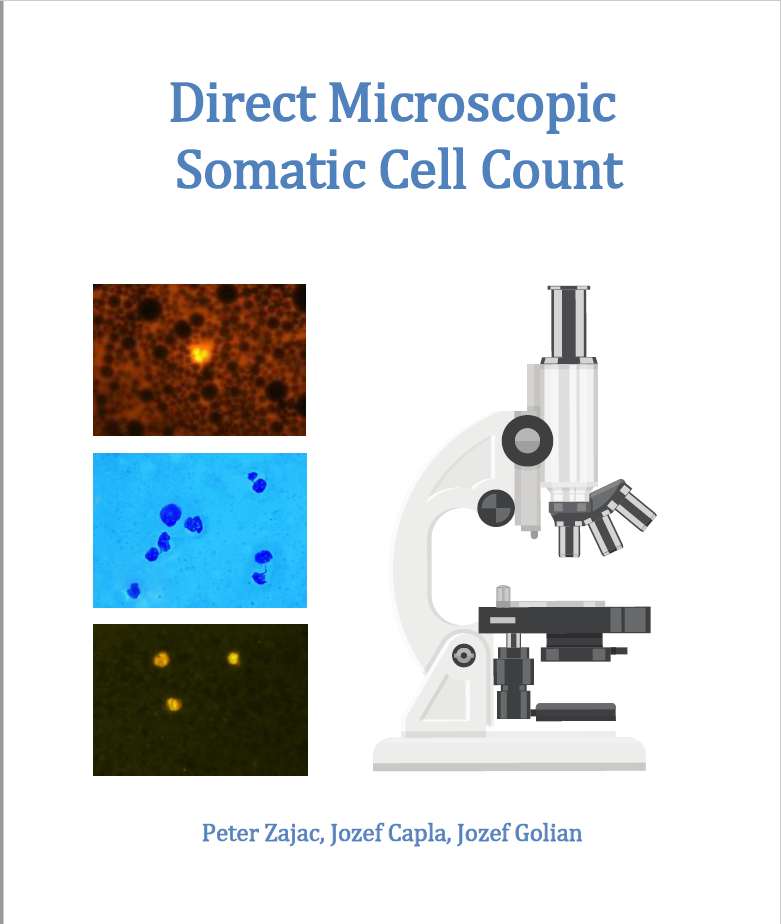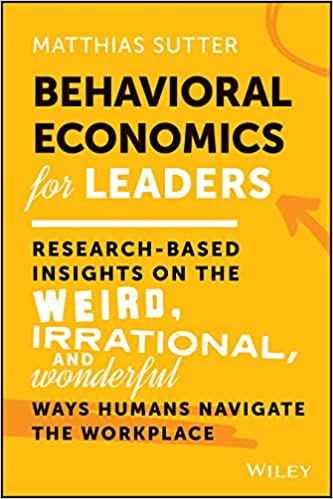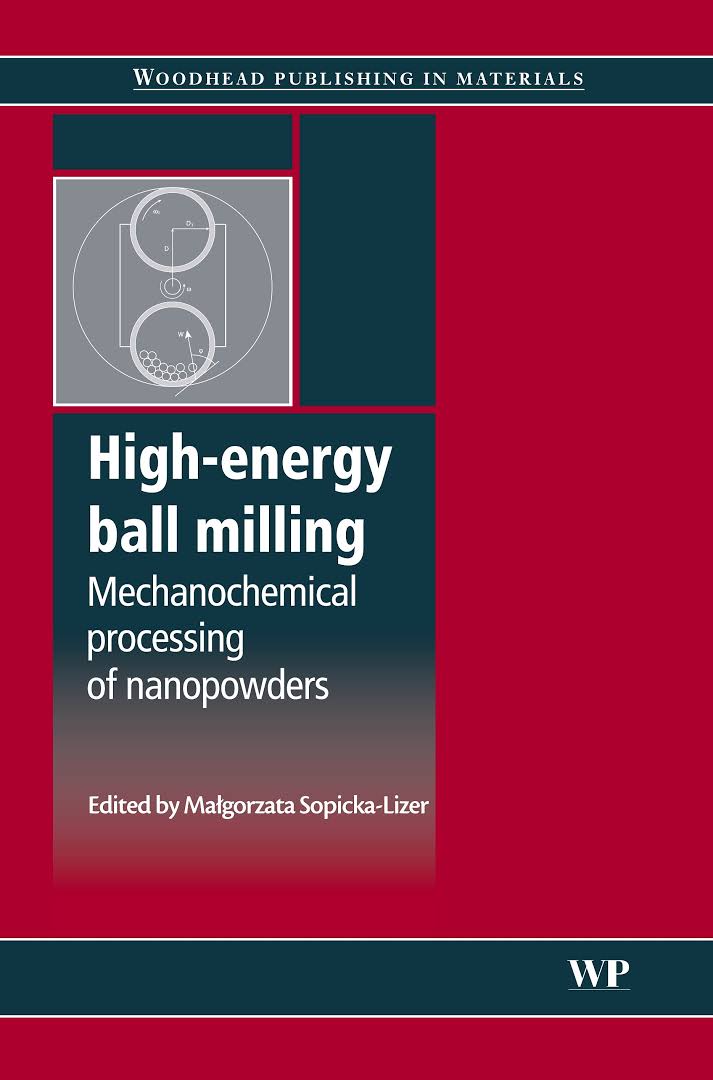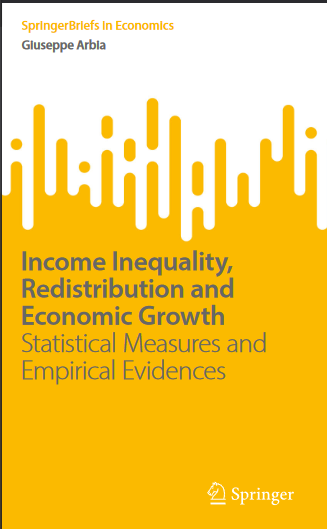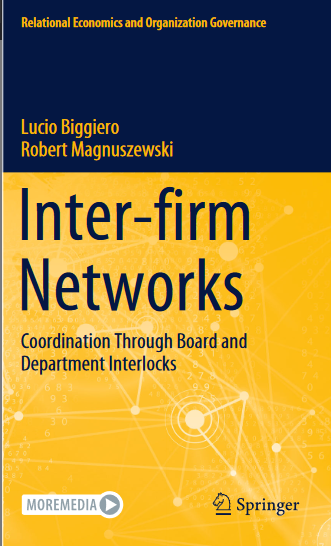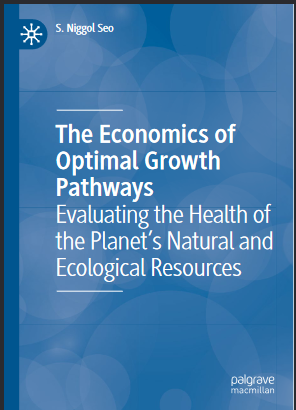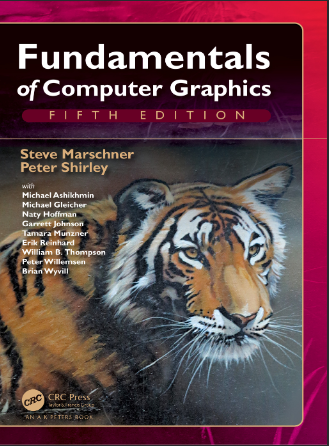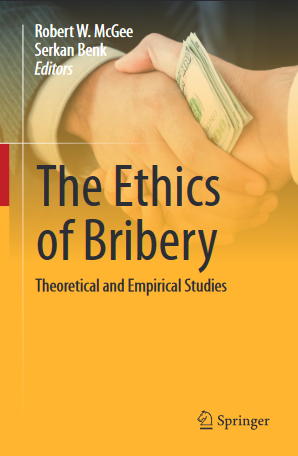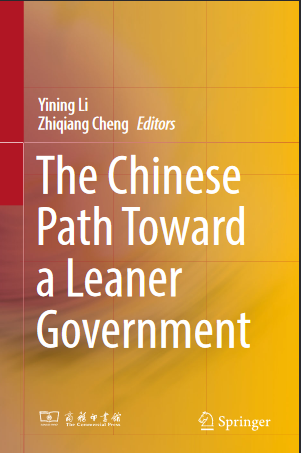موضوعات
آموزش و پرورش
ادبیات و زبان
پزشکی، دندانپزشکی و داروسازی
تاریخ و جغرافیا
داستان و رمان
دیگر
دین و فلسفه
روانشناسی
ریاضیات و آمار
سلامتی، تناسب اندام و رژیم غذایی
شیمی و پلیمر
علوم اجتماعی و حقوق
علوم زیستی و بیوتکنولوژی
فیزیک و نجوم
کامپیوتر و اینترنت
کتابهای کودکان و داستان
کسب و کار و اقتصاد
کشاورزی و دامپزشکی و غذا
معماری
مهندسی و فناوری
هنر و تئاتر
محصولات
Direct Microscopic Somatic Cell Count - Original PDF
نویسندگان: خلاصه: The direct microscopic somatic cell count (DMSCC) is microscopic count of the actual number of somatic cells in milk. A somatic cell is any biological cell forming the body of an organism. In dairy industry, the somatic cell count (SCC) is an indicator of the safety and quality of milk. Mastitis is an inflammation of the udder typically associated with microbial infection. The number of somatic cells increases in response to presence of pathogenic bacteria like Staphylococcus aureus, a cause of mastitis. Somatic cells (SC) are cells from the cow (predominantly white blood cells, otherwise known as leukocytes) that are normally present in milk. During most mastitis infections, the number of leukocytes present in the udder increases to help the cow, goat, ewe, camel, buffalo etc. to fight the infection. The SCC is quantified as cells per milliliter. General agreement rests on a reference range of less than 100,000 SC in ml for uninfected cows and greater than 250,000 SC in ml for cows infected with significant pathogen levels. There are several indirect and direct laboratory methods used for determination of somatic cells count in milk. Routine instrumental laboratory methods like flow cytometry have to be regularly calibrated using reference materials with a known concentration of somatic cells. The concentration of somatic cell count can be determined by reference microscopic method. The first microscopic procedure for examination of milk films was described in 1910 by Prescott and Breed. Staining of somatic cells was later modified by Newman, Lampert, Levowitz, Weber and other researchers. This microscopic method was processed into a normative form by the International Dairy Federation and later by International Standard Organisation. There are several possibilities to stain somatic cells. Somatic cells can be stained by dipping the dried smear on the slide in the modified Newman-Lampert methylene blue stain solution (cow’s milk and ewe’s milk) or methyl green-pyronin Y stain solution (goat’s milk) or by mixing the milk in reagent tube with ethidium bromide stain solution (milk from all species). Subsequently, the microscopic slide with fixed smear and stained cells is examined using a microscope or epifluorescence microscope with immersion oil objective at magnification 500× to 1000×. Somatic cells are counted in several microscopic fields. Consequently, the somatic cells count is calculated using one of several mathematical formulas listed in international standard. The direct microscopic somatic cell count method is suitable for precise laboratory analysis of somatic cell in raw milk. However, this microscopic method has some limitations that may influence the results of analysis. This book contains the theoretical and practical information about this laboratory method.Behavioral Economics for Leaders: Research-Based Insights on the Weird, Irrational, and Wonderful Ways Humans Navigate the Workplace - Orginal Pdf
نویسندگان: خلاصه: Behavioral Economics for Leaders: Research-Based Insights on the Weird, Irrational, and Wonderful Ways Humans Navigate the Workplace 1st Edition by Matthias SutterHigh-energy ball milling Mechanochemical processing of nanopowders - Original PDF
نویسندگان: خلاصه: Nanotechnology is an area of science and technology where dimensions and toler- ances in the range of 0.1 nm to 100 nm play a critical role. Nanotechnology encom- passes precision engineering as well as electronics, electromechanical systems and mainstream biomedical applications in areas as diverse as gene therapy, drug deliv- ery and novel drug discovery techniques. Nanostructured materials present exciting opportunities for manipulating structure and properties at the nano scale and the ability to engineer novel structures at the molecular level has led to unprecedented opportunities for materials design. This new book provides detailed insights into the synthesis/structure and property relationships of nanostructured materials. This is a valuable book for materials scientists, mechanical and electronic engineers and medical researchers.The Iron Oxides Structure, Properties, Reactions, Occurences and Uses - Original PDF
نویسندگان: خلاصه: Preface to the Second Edition Since this book first appeared, there have been hundreds of new publications on the subject of iron oxides. These have covered a wide range of disciplines including sur- face chemistry, the geosciences, mineralogy, environmental science and various branches of technology. In view of the amount of new material that is available, we decided, that once the copies of the first edition were exhausted, we would prepare a second edition that would incorporate the new developments. As before, our aim has been to bring all aspects of the information concerning iron oxides into a single, compact volume. All the chapters have been revised and up- dated and new figures and tables added. The book is structured according to topic with the same arrangement as in the first edition being followed. In view of the re- cent recognition of the impact iron oxides have on environmental processes, a chap- ter dealing with the environmental aspects of these compounds has been added. The book concludes with a considerably expanded bibliography. We hope that this new edition will continue to be of interest to all those research- ers who, in one way or another, are involved with iron oxides. Numerous persons and institutions from around the world again supplied data, figures, colour pictures and electron micrographs and technical help. These include Dr. H. Chr. Bartscherer (Mçnchen), Mr M. Burlot (Apt), Dr. R. Båumler and Dr. Be- cher (Freising), Mr H. Breuning (Stuttgart), Dr. J. M. Bigham (Columbus, USA), Dr. G. Buxbaum (Bayer), Dr. L. Carlson (Helsinki), Dr. R. A. Eggleton (Canberra), Dr. F. G. Ferris (Toronto), Dr. R. W. Fitzpatrick (Adelaide), Dr. D. Fortin (Ottawa), Dr. M. R. Fontes (Guatemala), Professor R. Giovanoli (Bern), Dr. G. Glasauer (Guelph), Dr. M. Hanslick (Mçnchen), Dr. P. Jaesche (Freising), Dr. A. A. Jones (Reading), Dr. R. C. Jones (Honolulu), Dr. D. E. Janney (Tempe), Dr. R. Loeppert (College Station), Professor S. Mann (Bristol), Dr. E. Murad (Marktredwitz), Dr. H. Maeda (Tsukuba), Professor A. Manceau (Grenoble), Professor E. Matijevic (Potsdam, USA), Mrs U. Maul (Freising), Dr. J. P. Muller (Paris), Muse National de Prhistoire (Les Eyzies, France), Mr R. Miehler (Mçnchen), Dr. T. Nagano (Naka), Dr. H. Naono (Uegahara), NASA (Houston), Professor A. Posner { (Perth), Mrs M. Sauvet (Apt), Dr. N. Sabil (Mçnchen), Dr. P. Schad (Freising), Dr. A. Schei- degger (Zçrich), Dr. T. Schwarz (Berlin), Dr. A. Scheinost (Zçrich), Dr. D. Schçler (Bremen), D. Schwertmann (Freising), Professor H. Stanjek (Aachen), Dr. P. Self (Adelaide), Professor T. Sugimoto (Sendai), Dr. K. Tazaki (Ishikawa), Dr. T. TessieIncome Inequality, Redistribution and Economic Growth - Original PDF
نویسندگان: خلاصه: This book represents the translation of an essay of mine published in Italian in 20161 with three additions. First, given the complexity of the topics discussed in the essay, in this English edition I deemed it necessary to include a new Chap. 1 which constitutes a short illustration of the plan of the book and that aims at introducing the reader to the fascinating issues of economic inequality, of economic growth and to the intricate mechanisms that link them. Secondly, in the first edition of the book, the empirical part obviously focused on Italian datasets and was dedicated to describing the national situation and the recent trends of inequality and growth in the country. Furthermore, a substantial part of the discussion was centred on the analysis of the possible policies aiming at reducing inequality without negatively affecting growth in Italy with specific references to the Italian fiscal system. In contrast, being directed to a more international audience, in this English edition, I suppressed those parts, and I presented a more general picture of growth and inequality worldwide leaving apart any comment on policies that are more country-specific.Inter-firm Networks Coordination Through Board and Department Interlocks - Original PDF
نویسندگان: خلاصه: Firms do not interact only through prices, quantity or quality: rather they employ many other ways to coordinate their behavior. However, it is still rather unclear under which circumstances the mix of different ways is built, neither the relative relevance of each of them. What is sure is that one of such ways is through sharing a director between boards of related companies: this is the phenomenon named interlocking directorates or, more recently, board interlock (BINT), known since long, but still deserving a lot of attention. Actually, this is a form of coordination which occurs at a company’s highest level, because boards decide—or at least address to—the strategic behavior. There are indeed many reasons to share a director, reasons that do neither always nor intentionally deal with strategic issues. However, whatever they are, the effects of board interlock always impact, to a more or less extent, the sphere of strategies. Further, and more noteworthy, more or less intentionally and extensively, they imply some form of knowledge creation and sharing, espe- cially under its tacit form. In fact, what should actually be done when one sits in a board and how to perform this is not a task so precisely defined: its concrete execution depends primarily and essentially on the personal characteristics of each involved director and on various organization-specific circumstances. Hence, this is the conceptual perspective applied into this book: Board interlocks are inter-firm coordination forms that channel strategic knowledge, which is a resource particu- larly precious in innovation-based industries, and one becoming progressively more important also in all other industries. Due to these characteristics, the main research streams employed in this work are the four following: board interlocks, knowledge networks, inter-firm networks and Social Network Analysis (hereafter, SNA) as the main methodological approach.The Economics of Optimal Growth Pathways Evaluating the Health of the Planet’s Natural and Ecological Resources - Original PDF
نویسندگان: خلاصه: If you are a natural resource manager of, say, four acres of cropland or two hectares of forest stand, how would you manage it over your planning time horizon? This is the first and most fundamental question you have to answer in your brain before you get your hands and feet down and dirty. Any reasonable answer would encompass many future time periods, that is, beyond the single present time period, as well as a possibility of convert- ing it to another land use at one future period or even selling it (Ricardo 1817; von Thunen 1826; Faustmann 1849). The economics of optimal growth pathways, the book in your hands or on your kindle presently, is written to provide a rational answer to this question faced by the respective natural resource manager. The scope of this book is, however, far greater than cropland farming or forest manage- ment. This book starts with “four acres” of cropland in Chap. 2, continues to the nation’s economy from Chap. 8 onwards, and ends big with the planet’s atmosphere and the global economy from Chap. 11. The purview of this book falls on the planet’s resources and the economic systems built upon it.Fundamentals_of_Computer_Graphics - Original PDF
نویسندگان: خلاصه: Preface This edition of Fundamentals of Computer Graphics includes substantial rewrites of the material on shading, light reflection, and path tracing, as well as many corrections throughout. This book now provides a better introduction to the tech- niques that go by the names of physics-based materials and physics-based ren- dering and are becoming predominant in actual practice. This material is now better integrated, and we think this book maps well to the way many instructors are organizing graphics courses at present. The organization of this book remains substantially similar to the fourth edi- tion. As we have revised this book over the years, we have endeavored to retain the informal, intuitive style of presentation that characterizes the earlier editions, while at the same time improving consistency, precision, and completeness. We hope the reader will find the result is an appealing platform for a variety of courses in computer graphics. About the Cover The cover image is from Tiger in the Water by J. W. Baker (brushed and air- brushed acrylic on canvas, 16” by 20”, www.jwbart.com). The subject of a tiger is a reference to a wonderful talk given by Alain Fournier (1943–2000) at a workshop at Cornell University in 1998. His talk was an evoca- tive verbal description of the movements of a tiger. He summarized his point: Even though modelling and rendering in computer graphics have been improved tremendously in the past 35 years, we are still not at the point where we can model automatically a tiger swimming in the river in all its glorious details. By automatically I mean in a way that does not need careful manual tweaking by an artist/expert. The bad news is that we have still a long way to go. The good news is that we have still a long way to goThe Ethics of Bribery Theoretical and Empirical Studies - Original PDF
نویسندگان: خلاصه: he present study is part of a much larger study that examines the ethics of bribery and tax evasion. The bribery studies consist (so far) of two books (McGee & Benk, 2023a; McGee & Benk, 2023y) and many articles and book chapters. Summaries of 28 studies (McGee, 2023a), 24 studies (McGee, 2023b), 44 studies (McGee, 2022a), and 80+ studies (McGee, 2022b) are also available. The tax evasion studies started in 1994 (McGee, 1994) and picked up speed in 1998 when the first book in the tax evasion series was published (McGee, 1998). The second book in the series was published in 2012 (McGee, 2012a). Two more books were recently added to the tax evasion collection (McGee & Shopovski, 2023a, b). Many articles and book chapters on the ethics of tax evasion have been published over the years. Summaries of many of them are available. There are sum- maries of 49 studies that used a survey template that usually consisted of 18 state- ments starting with the phrase, “Tax evasion is ethical if ...” (McGee, 2012b). Another study summarized 23 studies that used World Values Survey data (McGee, 2012c). Other studies summarize 3 studies (McGee, 2012d), 21 studies (McGee, 2022c), 35 studies (McGee, 2022d), 60+ surveys (McGee, 2022e), 70+ theoretical and empirical studies (McGee, 2022f), 100+ studies (McGee, 2022g), 80+ studies (McGee, 2022h), 34+ studies (McGee, 2022i), and 44+ studies (McGee, 2022j). Part II of the book addresses attitudes toward bribery from different religious perspectives. The first chapter in this section provides a comparative study of reli- gious attitudes toward bribery (McGee et al., 2023a). There are also chapters that report on attitudes of Christians (McGee et al., 2023b), Muslims (McGee et al.The Chinese Path Toward a Leaner Government - Original PDF
نویسندگان: خلاصه: Building a leaner government ( Jian Zheng Fang Quan , or “streamlining admin- istration and delegating powers” in the official translated documents) is essential in China’s transition from a planned economy to a market economy and in an effort to improve the country’s socialist market economy. People of our generation have all had some experiences with the planned economy. It was a time when the government managed everything from production to consump- tion. In other words, the government assumed the role of both the producer and distributor of goods. Little was outside the government administration. It set quotas that matched its plans and organized supplies according to the quotas. No one in China at that time had ever heard about the term Jian Zheng Fang Quan or stream- lining administration and delegating powers. In fact, it was impossible to streamline the government then because everything was controlled by the government, every decision had to come from the higher authorities, and all kinds of stuff were placed under the quota system. When a government assigned each of its staff with a particular task to either manage or supervise economic activities, how could it be streamlined? Power devolution was even more beyond imagination. The planned economy was based on the concentration of power. If power was delegated, how could the economy and people’s daily life go as the government had planned for them? Indeed, there were times when the Chinese government was concerned about the low efficiency and poor performance of the planned economy that too much concentration of power had entailed. However, there were no better ways. China had quite a few lessons learnt in a hard way. Trials to cut government power or remove some quota all ended up in market disorder. Shifting back to old practice only stifled the economy. Such policy flip-flops occurred time after time during the period of the planned economy. It was a doomed cycle that no one was able to breaآیا کتاب مورد نظر هنوز بر روی سایت قرار نگرفته است؟ جای نگرانی نیست! کافی است بر روی گزینه سفارش کتاب کلیک کرده و درخواست خود را ثبت کنید. در کمتر از چند ساعت کتاب شما را آماده خواهیم کرد.
